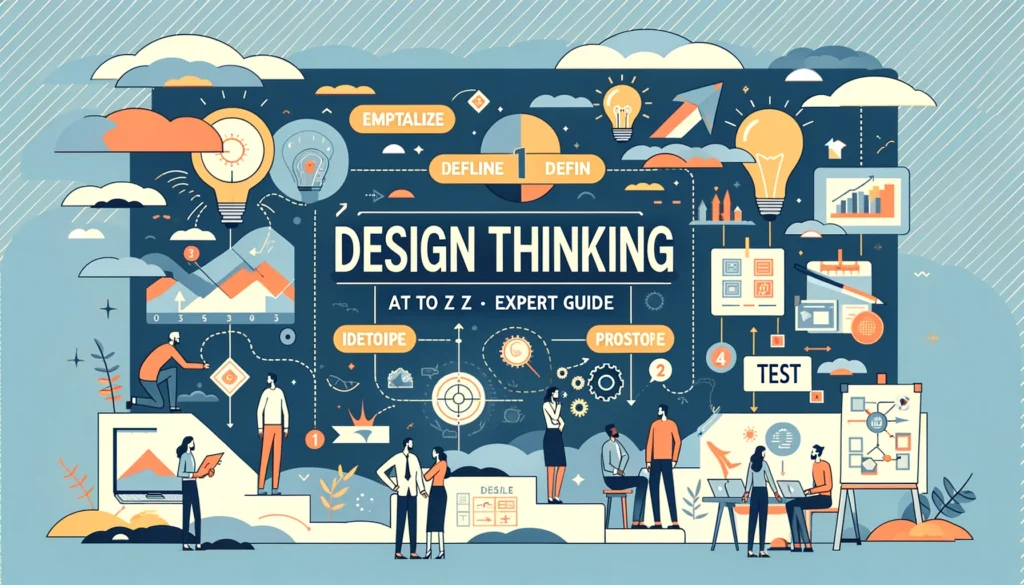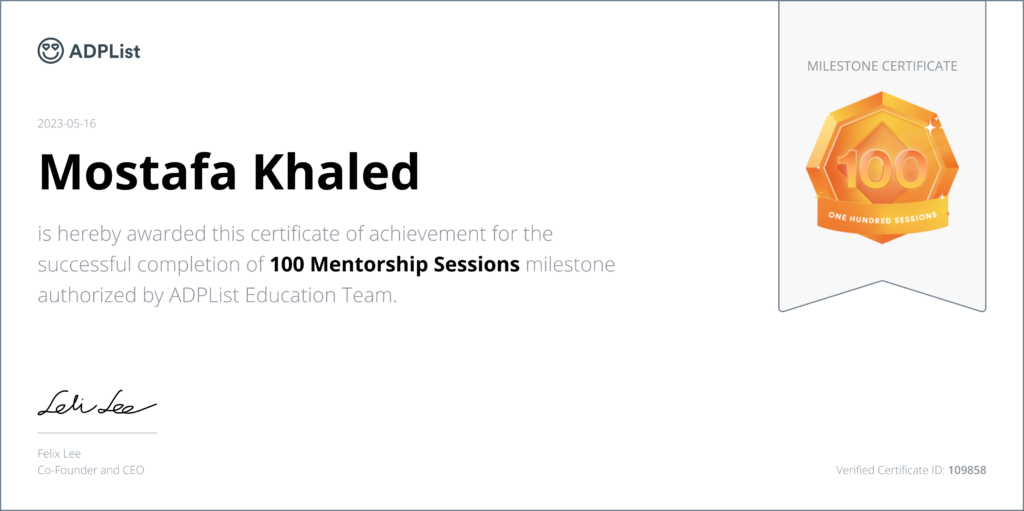UI/UX Design is often perceived as a complex and daunting field, reserved for the creatively inclined or technologically savvy. However, this misconception overlooks the essence of design: solving problems and enhancing user experiences. As a senior product designer well-versed in content creation, I can attest that design doesn’t have to be hard; it’s about understanding principles, embracing simplicity, and prioritizing user needs.
Understanding User-friendly Design Principles
At its core, Digital Product design is about communication and problem-solving. Whether it’s graphic design, product design, or user interface design, adhering to fundamental principles such as balance, hierarchy, contrast, and alignment lays the groundwork for effective visual communication. Contrary to popular belief, these User-friendly design principles are not exclusive to design experts; they can be learned and applied by anyone with an interest in creating visually appealing and functional solutions.
Simplicity in Digital Product Design

One of the most powerful principles in design is simplicity. Simplified design not only enhances aesthetics but also improves usability. Removing unnecessary elements and focusing on clarity and intuitiveness can significantly enhance the user experience. Take, for example, the design of Apple products; their minimalist approach prioritizes simplicity without sacrificing functionality, resulting in products that are both elegant and easy to use.
User-Centered Design Approach
A key aspect of simplifying design is adopting a user-centered approach. By understanding the needs, preferences, and behaviors of the target audience, designers can create solutions that resonate with users on a deeper level. User feedback loops, usability testing, and iterative design processes are invaluable tools for refining designs based on real-world usage and feedback.
Tools and Resources for Simplified UI//UX Design
In today’s digital age, there is no shortage of user-friendly design tools and resources available. From intuitive graphic design software to online courses and tutorials, aspiring designers have access to a wealth of resources to hone their skills and bring their ideas to life. Platforms like Canva, Figma, and Sketch offer powerful yet user-friendly interfaces that streamline the design process for beginners and experts alike.
Collaborative UX Design Processes
Design is rarely a solitary endeavor; it thrives on collaboration and diverse perspectives. By fostering a collaborative environment where designers, developers, stakeholders, and end-users can contribute their insights and expertise, teams can create more holistic and innovative solutions. Techniques such as design sprints, brainstorming sessions, and cross-functional collaboration workshops facilitate idea generation and problem-solving.
Case Studies of Easy-to-Use Designs
Examining successful case studies can provide valuable insights into the principles and practices that underpin user-friendly design. For instance, the redesign of the Airbnb website focused on simplifying the booking process and enhancing the visual appeal, resulting in a significant increase in user engagement and satisfaction. Similarly, the redesign of the Google Chrome browser introduced a cleaner interface and streamlined navigation, making it more intuitive for users to browse the web.
Overcoming UI Design Challenges
While design may have its challenges, such as tight deadlines, budget constraints, and conflicting stakeholder opinions, these obstacles can be overcome with creativity, resilience, and strategic problem-solving. By reframing challenges as opportunities for innovation and growth, designers can navigate complex projects with confidence and deliver impactful solutions that exceed expectations.
Continuous Learning and Improvement

The field of design is constantly evolving, with new technologies, trends, and methodologies emerging regularly. As such, it’s essential for designers to embrace a mindset of continuous learning and improvement. Whether it’s attending workshops, participating in online courses, or joining professional communities, staying abreast of industry developments and honing one’s skills is crucial for long-term success in design.
Conclusion
In conclusion, design doesn’t have to be hard; it’s about understanding principles, embracing simplicity, and prioritizing user needs. By adopting a user-centered approach, leveraging user-friendly tools and resources, fostering collaborative processes, and embracing a growth mindset, designers can create solutions that are both elegant and effective. So, whether you’re a seasoned designer or a newcomer to the field, remember that with the right mindset and approach, anyone can create beautiful and intuitive designs.
Who I'm I?
Hey there! I’m Mostafa Khaled, a seasoned UI/UX designer with a knack for making digital products shine. With 7 years of design expertise and 3 years in product management, I’ve honed my skills to create user-friendly solutions that wow audiences. Beyond the boardroom, I’m all about mentoring aspiring designers worldwide, spreading the love for great design. Let’s team up to bring your digital dreams to life!
FAQs
Is design only for creative individuals?
- No, design principles can be learned and applied by anyone interested in solving problems and improving user experiences.
How can I simplify my designs without sacrificing functionality?
- Focus on clarity, remove unnecessary elements, and prioritize user needs and preferences.
What are some user-friendly design tools for beginners?
- Canva, Figma, Sketch, and Adobe XD are popular options for beginners due to their intuitive interfaces and robust features.
How important is user feedback in the Product design process?
- User feedback is essential for refining designs based on real-world usage and ensuring that solutions resonate with the target audience.
What steps can I take to overcome UI design challenges?
- Approach challenges with creativity, resilience, and strategic problem-solving, and leverage collaborative processes to find innovative solutions.





